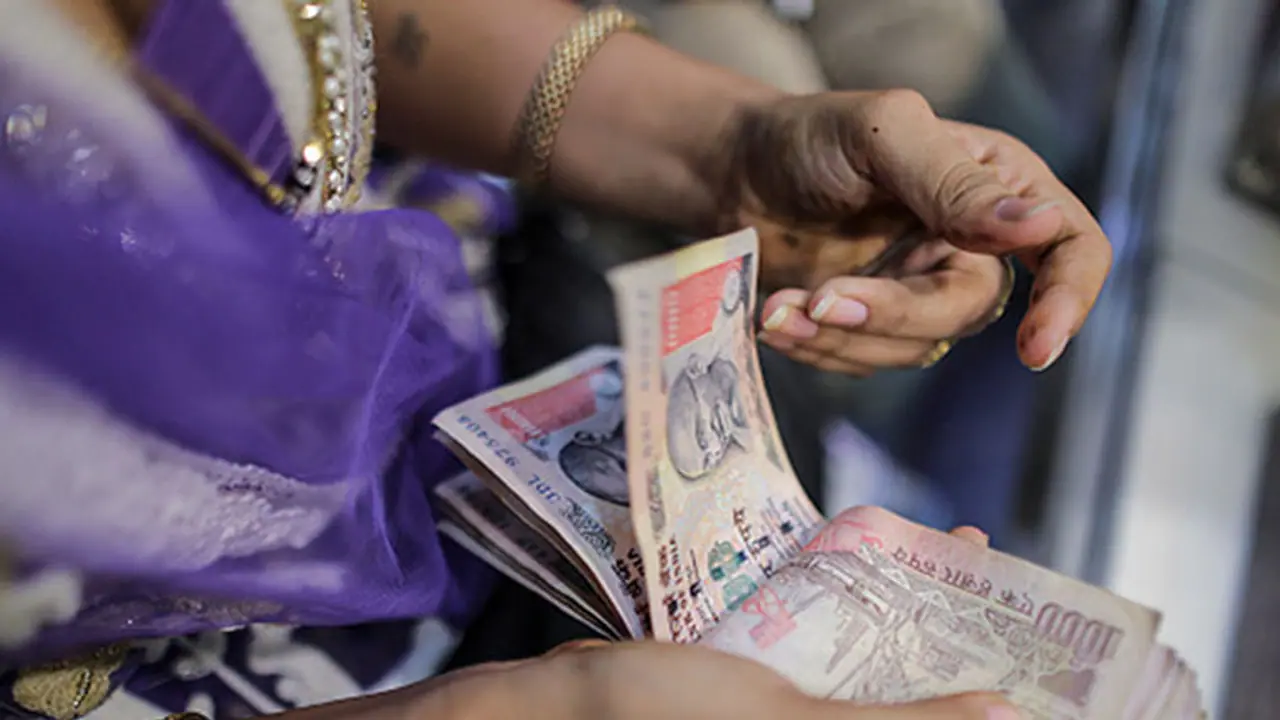The Goods and Service Tax (GST), which was first proposed a decade back, is seen as potentially transformative for India's economy, adding as much as 2 percentage points to the GDP while also improving the ease of doing business and encourage investment in manufacturing.

It is also expected to result in greater tax compliance, boosting government revenues.
The GST will replace more than a dozen levies central and state levies, including central excise duty, service tax and central sales tax as well as VAT on sale of goods and entry tax, to make movement of goods seamless across 1.3 billion market. Instead of the good being taxed multiple times at different rates, under the new GST regime goods would be taxed at point of consumption.
The Bill passed today will create a GST Council comprising Union Finance Minister and his counterparts from the states. This body will determine the final rate.
The Constitution (122nd Amendment) Bill, 2014, that would lay the ground for roll out of Goods and Services Tax (GST) regime, was passed by the opposition-dominated Upper House after the government moved four amendments.
These included one on scrapping of the proposed tax of up to 1 percent on inter-state transactions to compensate manufacturing states and another one promising to compensate states for any revenue loss in first five years of GST implementation.
The other amendments pertained to a new formulation on a dispute-resolution mechanism and an endorsement of the resolution by the empowered committee of state finance ministers on a revenue-neutral rate to bring down the incidence of tax on the common man while protecting revenues of states.
